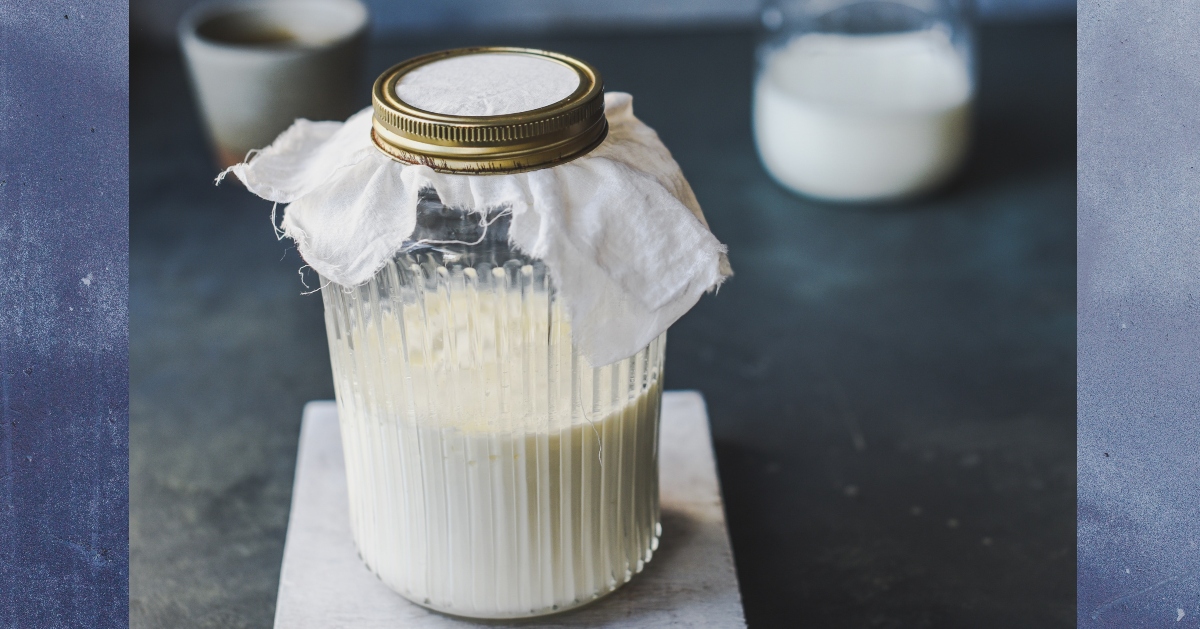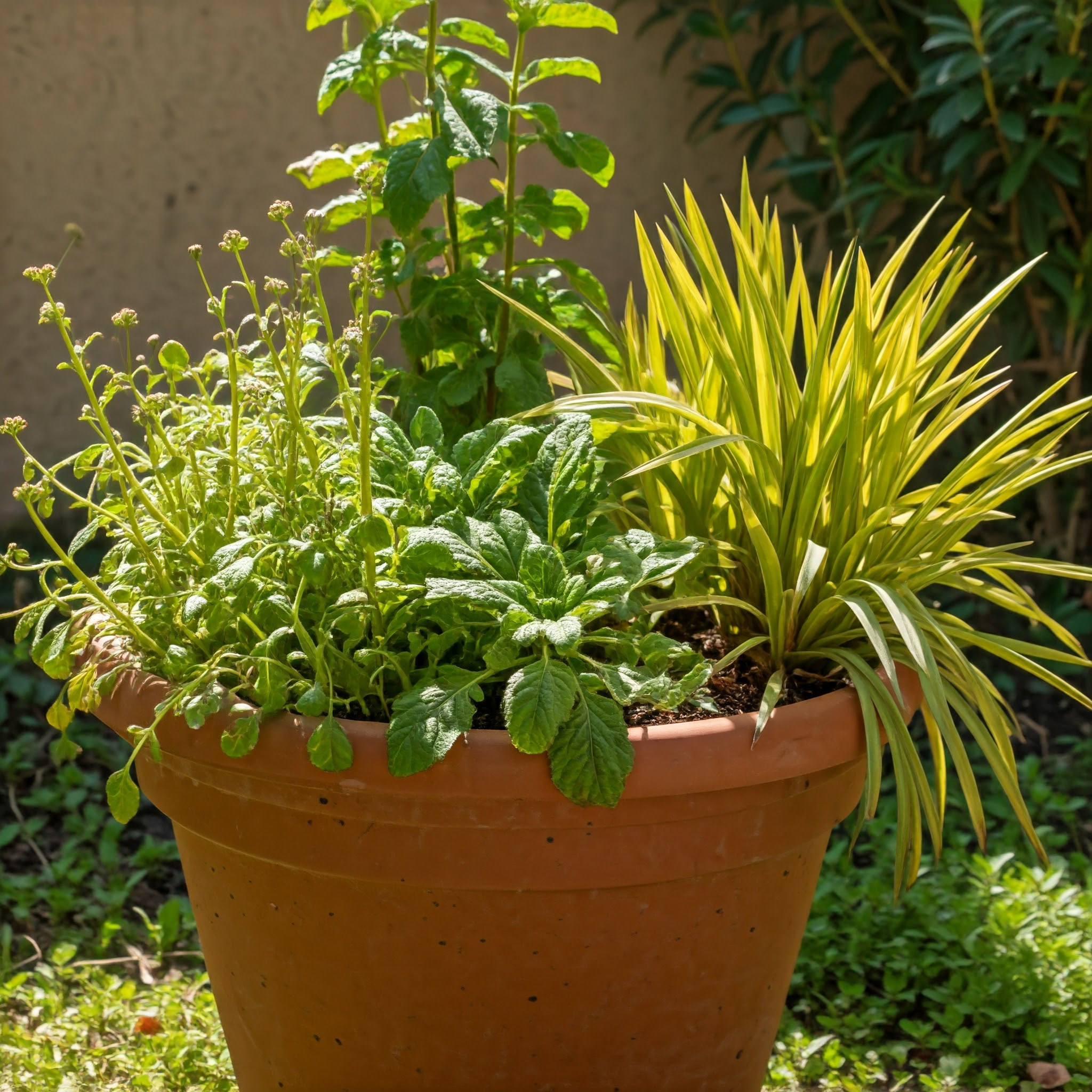
Kefir, a tangy fermented drink celebrated for its numerous health benefits for humans, is now making waves in the gardening world. Gardeners are increasingly curious about why kefir is good for plants and good reason. This probiotic powerhouse can significantly enhance plant health and growth. Let’s delve into the various advantages kefir offers to our green companions and how to incorporate it into your gardening practices.
Table of Contents
A Deep Dive into the Benefits of this Probiotic Beverage
1. Nutrient-Rich Composition
At its core, kefir is a nutrient-dense beverage. It contains a variety of essential vitamins, minerals, and amino acids that are vital for both human and plant health. For plants, these nutrients can boost overall vigour, promote strong growth, and enhance resilience to environmental stressors. Key components include:
- Vitamins: B vitamins, which play a crucial role in plant metabolism, and vitamin K, which is important for photosynthesis.
- Minerals: Calcium, magnesium, and phosphorus are essential for cell structure, energy transfer, and overall plant development.
- Amino Acids: These building blocks of proteins are crucial for the synthesis of enzymes and hormones in plants.
When applied to soil or foliage, kefir provides these essential nutrients, contributing to healthier, more robust plants.
2. Beneficial Microorganisms
Kefir is home to a rich diversity of beneficial bacteria and yeasts, which can be transformative for soil health. When introduced into the garden, these microorganisms actively improve the soil ecosystem by:
- Promoting Microbial Diversity: A diverse microbial community is essential for nutrient cycling and soil fertility. The beneficial microbes in kefir help balance soil biology, fostering a thriving environment for plant roots.
- Outcompeting Harmful Pathogens: The presence of beneficial microorganisms can inhibit the growth of harmful pathogens, reducing the risk of diseases that can affect plants.
This natural approach to soil health supports better root development and nutrient uptake, resulting in healthier plants.
3. Improved Soil Structure
Kefir can significantly enhance soil structure, which is crucial for plant health. The probiotics in kefir help break down organic matter, leading to:
- Better Aeration: Improved soil structure increases aeration, allowing roots to access oxygen more easily. This is especially important in compacted soils where root growth may be restricted.
- Enhanced Drainage: Good drainage prevents waterlogging, which can damage plant roots and lead to diseases. Kefir helps create a well-balanced soil environment that supports optimal drainage and moisture retention.
These improvements in soil structure are vital for strong root systems, which ultimately lead to healthier plants.
4. Enhanced Nutrient Availability
One of the key benefits of kefir is its ability to increase nutrient availability in the soil. The beneficial bacteria in kefir break down complex organic compounds, making essential nutrients more accessible to plants. This can lead to:
- Stronger Growth: With easier access to nutrients, plants can grow more vigorously, producing lush foliage and robust flowers or fruits.
- Improved Yields: For gardeners aiming to maximize their harvest, enhanced nutrient availability translates to potentially higher yields.
This aspect is particularly beneficial for organic gardening, where nutrient availability can sometimes be a challenge.
5. Natural Fertilizer Alternative
Using kefir as a liquid fertilizer provides a natural, eco-friendly way to nourish plants. By diluting kefir with water and applying it to the soil or as a foliar spray, you can deliver nutrients directly to your plants. Key benefits include:
- Sustainable Practices: Kefir serves as a natural alternative to chemical fertilizers, aligning with sustainable gardening practices. It supports the soil microbiome without introducing synthetic substances.
- Regular Feeding: Applying diluted kefir every few weeks during the growing season ensures that plants receive a steady supply of nutrients, promoting ongoing growth and health.
This approach not only benefits the plants but also contributes to a healthier overall garden ecosystem.
6. Disease Resistance
One of the standout advantages of using kefir in gardening is its potential to enhance disease resistance in plants. The beneficial microbes present in kefir help strengthen the plant’s natural defences, leading to:
- Increased Resilience: Plants treated with kefir often show improved resistance to diseases and pests, reducing the need for chemical treatments.
- Healthier Growth: With enhanced defences, plants can focus their energy on growth rather than combating diseases, leading to stronger, more productive specimens.
This aspect is particularly valuable in organic gardening, where disease management can be more challenging.
7. Easy Application
Incorporating kefir into your gardening routine is straightforward. Here’s how you can do it effectively:
- Dilution: Always dilute kefir before application. A common ratio is one part kefir to ten parts water. This ensures that the beneficial microorganisms are effectively distributed.
- Soil Application: Water your plants with the diluted kefir solution, focusing on the root zone. This allows the microbes to colonize the soil and support healthy root systems.
- Foliar Spray: Alternatively, you can apply the diluted kefir as a foliar spray, allowing the microorganisms to be absorbed through the leaves for an immediate nutrient boost.
Regular applications during the growing season can significantly enhance plant health and productivity.
Conclusion
Kefir is more than just a nutritious drink; it’s a valuable tool for gardeners. With its nutrient-rich profile and beneficial probiotics, kefir can enhance soil health, improve nutrient availability, and promote vigorous plant growth. By incorporating kefir into your gardening practices, you can create a thriving ecosystem that supports sustainable and productive gardening. Whether you’re a seasoned gardener or just beginning your journey, consider adding kefir to your plant care routine—it could make all the difference for your green companions!






